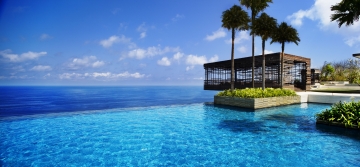WOHA

WOHA is a Singapore-based architecture practice, founded in 1994 by Wong Mun Summ (° 18 August 1962) and Richard Hassell (° 28 October 1966). The name comprises of their surnames WOng and HAssell, therefore makeing the name WOHA.
In 1989, Wong graduated from the National University of Singapore and Hassell graduated from the University of Western Australia. Both were then employed by Kerry Hill Architects in Singapore, where they realized that they shared a logical approach to solving architectural problems, determined by the requirements of a building’s program rather than by the form-making opportunities.



